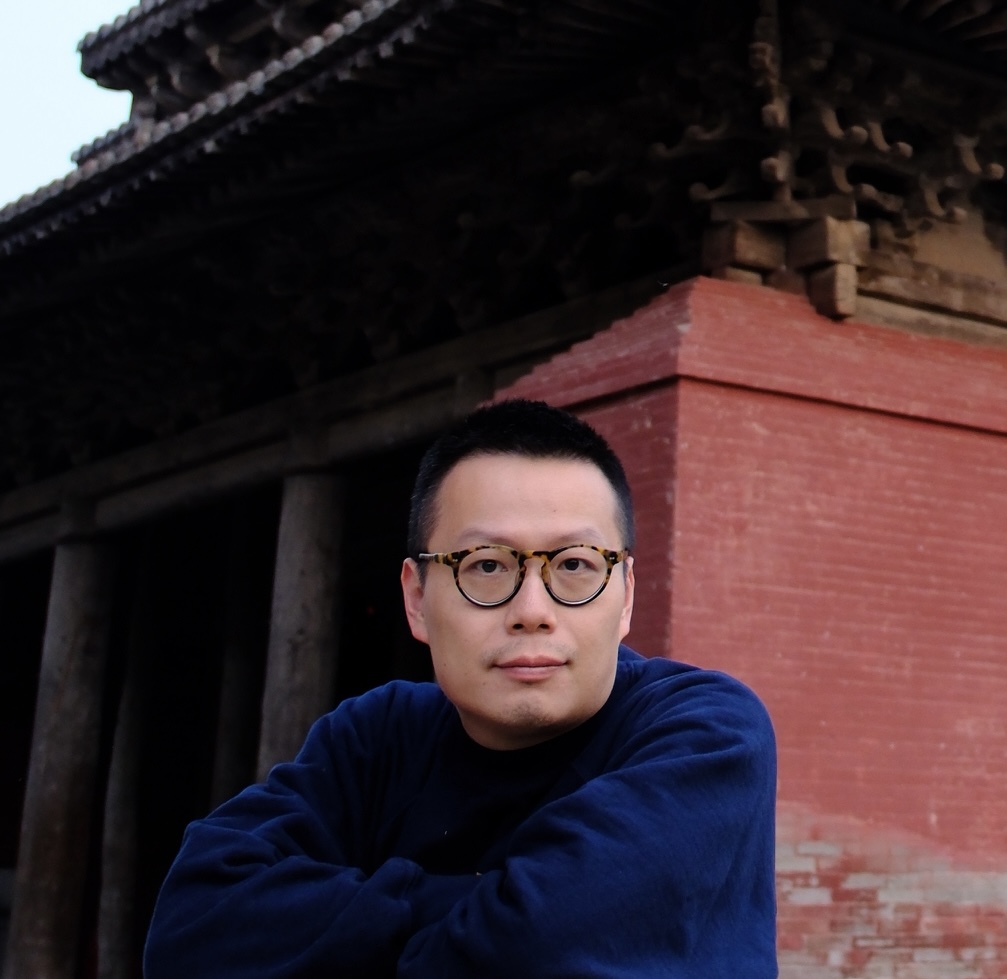Leo Xu is a Hong Kong-based writer and curator, formerly senior director at David Zwirner Hong Kong and founder of Leo Xu Projects in Shanghai, currently working on projects exploring visual cultures and culinary traditions in Chinese geopolitical contexts.
This was the first time in 12 years that I wasn’t in Shanghai in November for the city’s art week and fairs. After leaving David Zwirner, I have more time to travel. I recently completed a trip to Shanxi, a journey filled with ancient relics, and my next stop will be Xinjiang and then Europe.
Recently, there’s been much concern about China’s economic conditions, government stimulus measures, and their impact on the stock market. In my opinion, while there will be an effect, it will be delayed in the art market—likely about five to six months. Broadly speaking, this is a time for us to explore new directions, a phase of rest and observation. This mirrors the Chinese philosophy of business: A preference for patience and reflection.
In China, the art world operates differently from the retail or luxury sectors, where opening new markets often involves three key elements: Understanding Chinese policies, forming partnerships with the government, and gaining insight into local consumer traditions and patterns. The art sector is more complex. At present, the Chinese art market feels somewhat adrift, with more uncertainty than during the first half of the year.
The overall environment in China is undergoing significant changes, and since people find it hard to make sense of it all, they are looking elsewhere. Some are turning to late 19th- and early 20th-century paintings, searching for new possibilities or perspectives to help contextualize art.
Chinese museums, whether private or state-run, have been investing heavily in exhibitions of classical artists or those from the early 20th century, with some even heading toward more archaeological themes. This trend has been particularly noticeable this year, as a response to China’s focus on the Belt and Road Initiative.
There is also a shift away from young artists, which have dominated the market the past few years. Many of these works carry an exotic quality or are closely tied to personal, intimate narratives, but they often lack critical reflection on contemporary society and humanity. It feels akin to trending topics on social media. This is a global issue, but it has taken on a huge scale of consumption in Asia, which in turn has swept through Western markets.
From my experience, the Western art market operates in tiers, with collectors of different ages and backgrounds having their preferences. In contrast, the Asian market is relatively new, constantly being revised and rebuilt. Many buyers frequently shift between categories—moving from antiques to contemporary Chinese art, abandoning it for Western blue-chip artists, and then spotting opportunities in young Western artists at lower price points for faster returns.
This reflects a unique “market wisdom” among Chinese buyers, which is similar to Chinese manufacturing: Finding ways to profit (in a neutral sense) in a short time. They continuously reassess their investments, much like choosing stocks.
Mainland China is a very new market and lacks a strong educational and critical framework for contemporary art. From museums to art media, the industry hasn’t yet aligned with Western standards. The sector hasn’t diversified into specialized roles, and there are few platforms for sharing knowledge and perspectives. Yet, despite this, consumer enthusiasm is incredibly strong.
In the past, strong market dynamics boosted purchasing power. Initially, Western galleries were caught up in this consumer-driven frenzy, allowing the global art market to reap the benefits. Naturally, there was expansion, drawing more people into the game. But the art market is not the luxury goods industry—artists can’t mass-produce based on demand. As a result, we’ve seen rapid turnover in artists, an increasing influx of new ones, and faster market consumption and dilution. This has also led to growing confusion, compounded by new global political and economic changes.
The pre-pandemic boom led to a flourishing art scene in Asia and China, fueled by high investment but also marked by exhaustion among participants. During the pandemic, however, digital platforms and social media significantly boosted consumption and revenue at a much lower cost. Now, in the post-pandemic period, logistical and other costs have risen, while new ideas and artists continue to emerge, quickly replacing one another in a constant cycle. This rapid turnover has led to confusion and fatigue in the market. It’s human nature: after a period of easy, rapid profit, we may suddenly find ourselves in a previous state where progress slows, leading to disappointment or disillusionment when things no longer move forward as effortlessly.
From my personal perspective, there’s a gap in the Chinese market, particularly in the high-end price range, but Chinese collectors remain active in the mid- to low-end segments. Despite the current slowdown in China’s consumer market, I remain optimistic. This remains a market in constant flux, continuously regenerating.
—As told to Cathy Fan
